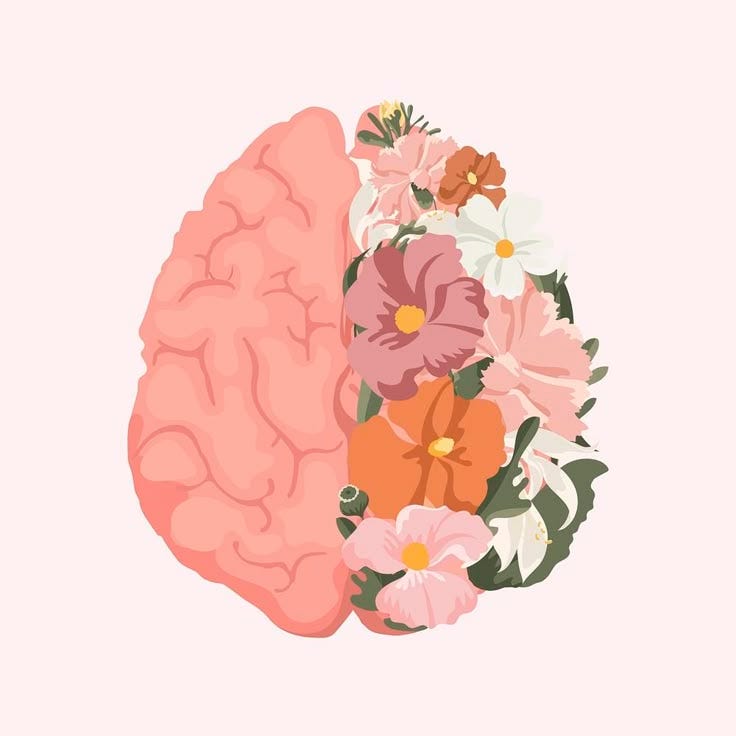Medium
3w
278

Image Credit: Medium
Hacking your brain to make you crave
- Food apps strategically use design and psychological tactics to hack our brains into craving and ordering food, even when not physically hungry.
- Our brains have two types of hunger: physiological hunger regulated by hormones like ghrelin, and hedonic hunger driven by the anticipation of pleasure.
- Hedonic cravings can override fullness signals, leading to cravings for enjoyable foods regardless of actual hunger levels.
- Food delivery apps capitalize on colors like red and orange, known to evoke excitement and indulgence, to attract attention and stimulate cravings.
- High-resolution images, push notifications with witty messages, and seamless re-ordering processes all contribute to triggering cravings and promoting impulse food orders.
- The design elements of food apps create a sense of urgency and make it easy for consumers to transition from desire to gratification without much resistance from the rational brain.
- By leveraging psychological tricks like playful notifications and simplified user experiences, food apps increase orders and reduce hesitation in purchasing.
- Acknowledging these subtle manipulations in our digital interactions with food apps can help us stay mindful and in control of our cravings and consumption behaviors.
- Food apps utilize a mix of visual, auditory, and interactive cues to stimulate cravings and create a desire for immediate gratification through food orders.
- Understanding the psychology behind these tactics can empower individuals to make more conscious choices in their food consumption in the digital age.
- Ultimately, while food apps leverage various strategies to influence our food choices and cravings, it's crucial for consumers to remain aware of these influences and maintain control over their decisions.
Read Full Article
16 Likes
For uninterrupted reading, download the app